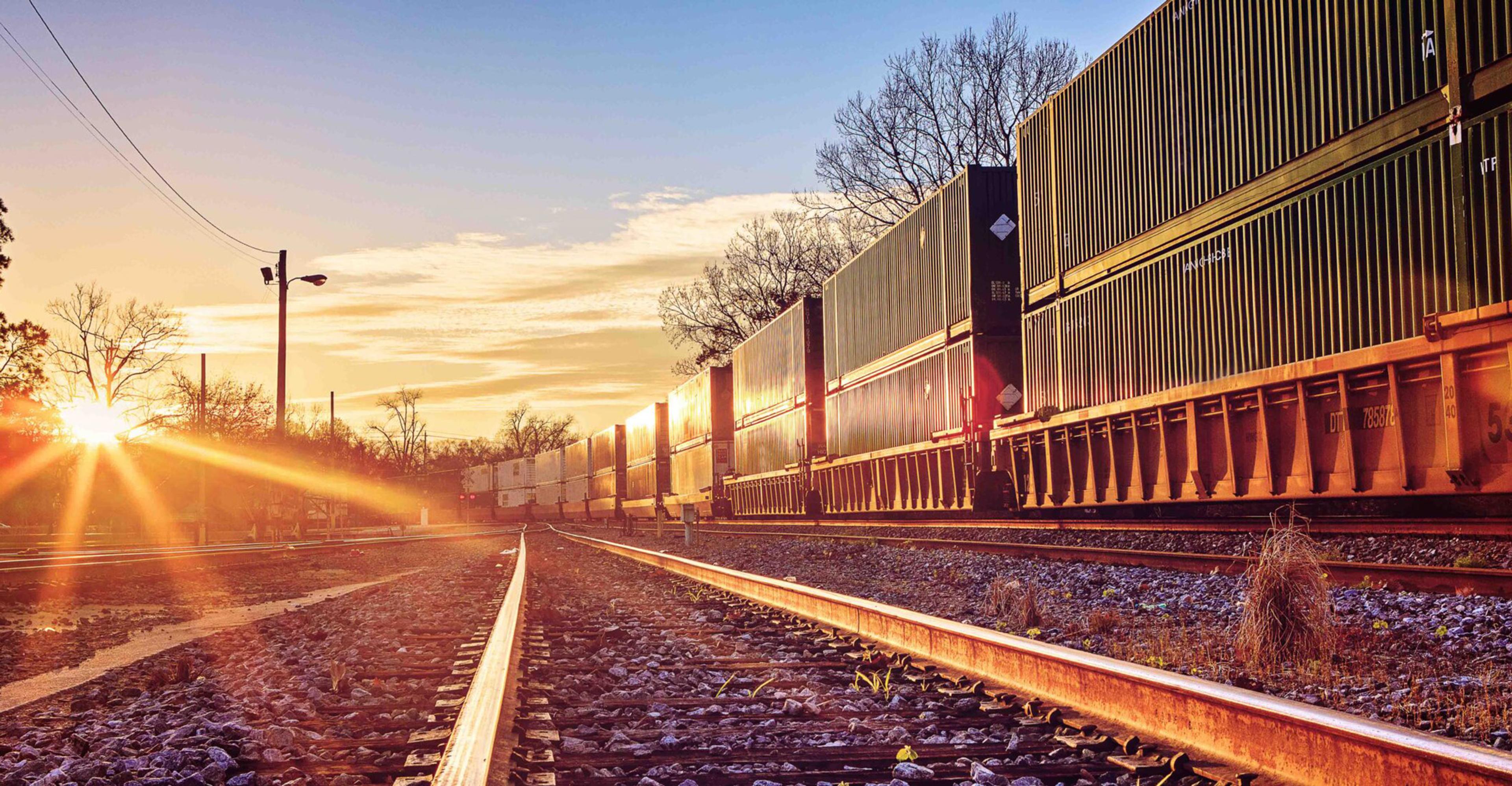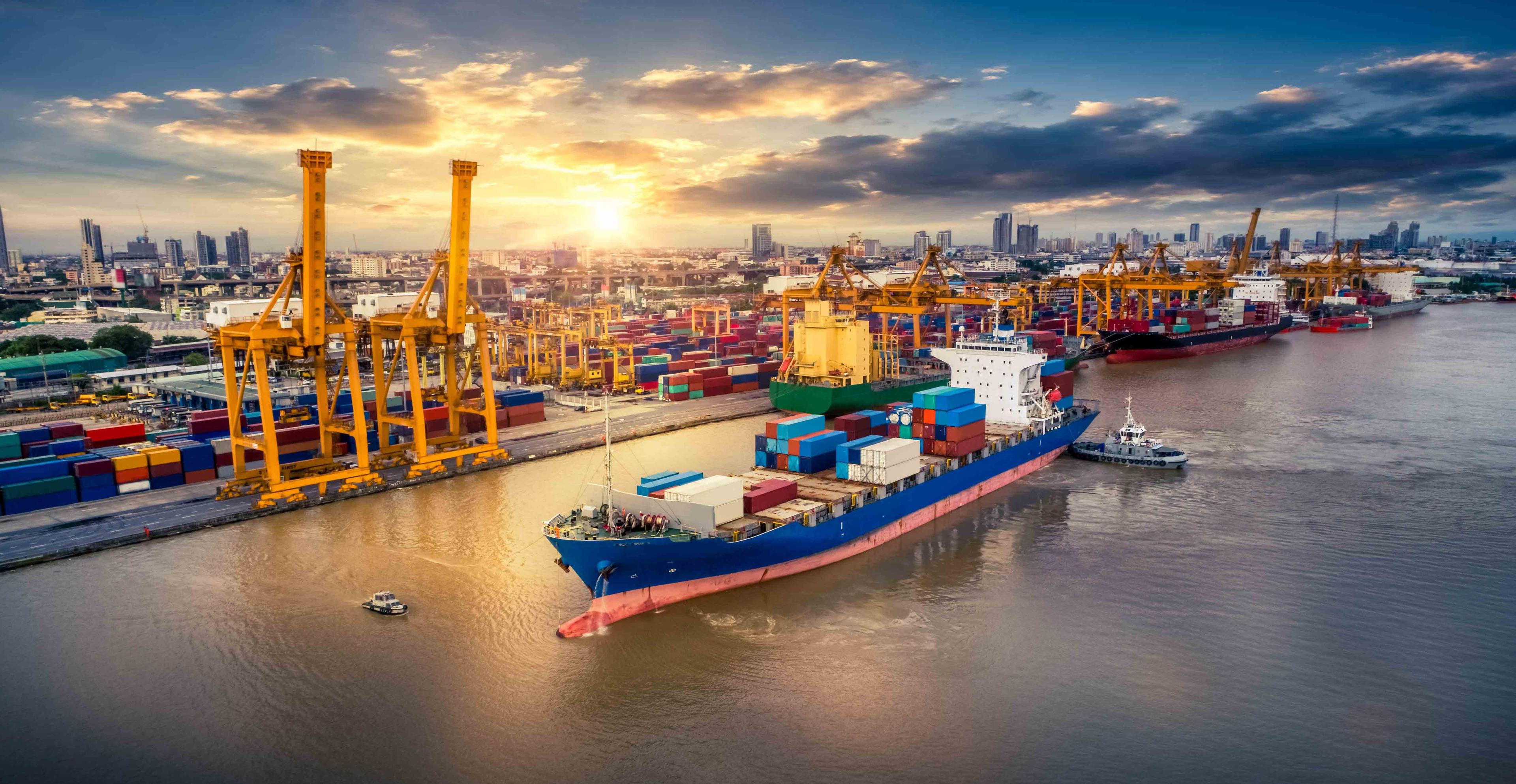
US rail infrastructure presents challenges for domestic supply chain
Problems in the United States rail system date back to well before the pandemic. Statistics show that rail service is much worse today than it was twenty years ago but has especially struggled the in the last five years. According to some logistics experts, railroad management in North America has been largely focused on maximizing payouts and return on assets over service in recent years.
Major rail companies reported record earnings in 2021, including Union Pacific, Norfolk Southern, and Berkshire Hathaway’s BNSF. Due to a lack of competition, rail customers can become what’s called a “captive shipper”, meaning they are served by a single railroad and cannot negotiate for better rates between different providers. The freight that is required to be moved by rail has almost no comparable alternative in the US. Trucking would not be able to competitively move the volume of freight the distance rail can within the same amount of time.
In late summer 2022, the threat of a freight rail strike loomed across the nation threatening a work stoppage that would lead to devastating consequences for the US economy. Nearly 30% of transportation relies on rail and even the near miss of a strike had an impact. The economy is estimated to lose $2 billion per day if railroad workers were to strike and many of the issues that first caused the strike are yet to be resolved.
Transportation statistics reveal a lack of infrastructure investment
Rail lost its ground to trucking in the mid-20th century and soon underwent decades of consolidation and efficiency efforts. Those dynamics could have led to today’s system of thin staffing and minimal competition, making it vulnerable to shocks such as the pandemic. Employee count has fallen significantly at nearly all the major railway companies in the US and Canada; for example, staffing has decreased by one-third within the past decade at CSX.
In 2021, the seven major US and Canadian railways had a combined net income of $27 billion, up from $15 billion a decade prior. Six of the seven railways for the past ten years paid out $146 billion in stock buybacks and dividends, over $30 billion more cash than invested in the businesses. Along with the increase in profits, employee pay and benefits rose by 26% over the last decade, just slightly ahead of inflation. However, it has been reported that the reduction in staffing has led to schedules that make it difficult to seek time outside of work for personal matters.
The railroad industry is under further pressure to improve safety in the wake of 2023 derailments in Ohio that prompted evacuations and caused lingering health concerns. The major freight railroads have announced several steps they plan to take, but it may not be enough to satisfy regulators and members of Congress.
“Their lack of investment in infrastructure has caused most, if not all, of issues that shippers have endured recently. Even my conversations with those in the rail industry admit that they do not invest adequately to maintain, much less improve it. Derailments, congestion at the ramps with ocean freight, and customer service issues are all directly related to this lack of investment.” – Paul Brashier, Vice President of Drayage & Intermodal
Freight transport challenged by lack of equipment
Despite congestion at the ports returning to normal levels, chassis availability at inland freight rail ramps has remained low and gives further concern for future rises in traffic. Storage penalties have hit cargo owners hard since 2021 when US railroads slashed free time for containers and added new weekend hours that do not sync with the ocean terminals.
Prior to the covid-19 pandemic, railroads provided two free days (not including weekends) to retrieve containers, meaning that ocean containers available on Friday afternoon did not incur storage on the weekend. Prior to 2021, railroads were not open on the weekends. This changed with new hours and the slashing of free time to the day of notification of availability plus 24 hours. This means that if a container made available on Friday afternoon is not retrieved, storage applies on Sunday, driving ramp storage costs up considerably for shippers.
Chassis on smaller ramps are provided through third-party container depots, leaving the depot owners to control the hours. Some trucking companies are pushing for railroads and chassis depot locations to sync their hours on the weekends. The Journal of Commerce has identified five locations where at least one railroad is open on Saturday or Sunday, but the chassis depot locations are closed.
Engaging with a trusted logistics provider
ITS Logistics, one of the fastest-growing logistics companies in the United States, provides port and rail drayage/intermodal services in 22 coastal ports and 30 rail ramps throughout North America.
ITS is currently ranked as the #11 Top Intermodal/Drayage Carriers in North America by Transport Topics.

Paul Brashier has been an industry leader in the sales and logistics industry for over 20 years, working for such companies as Schneider National, Coors Brewing, and Coca-Cola. Joining ITS Logistics in 2015, Brashier created and elevated the drayage and intermodal division to #11 in the United States to over $300 million in revenue. Having been featured in CNBC, the Wall Street Journal, MarketWatch, Bloomberg, The Loadstar, CBS News, Freight Waves, and Transport Topics, Brashier lends his expertise on US and global supply chain matters. When he isn’t working, which is rare, he spends time at his ranch with his wife and family, travels, and volunteers for the Down Syndrome Network of Northern Nevada.



